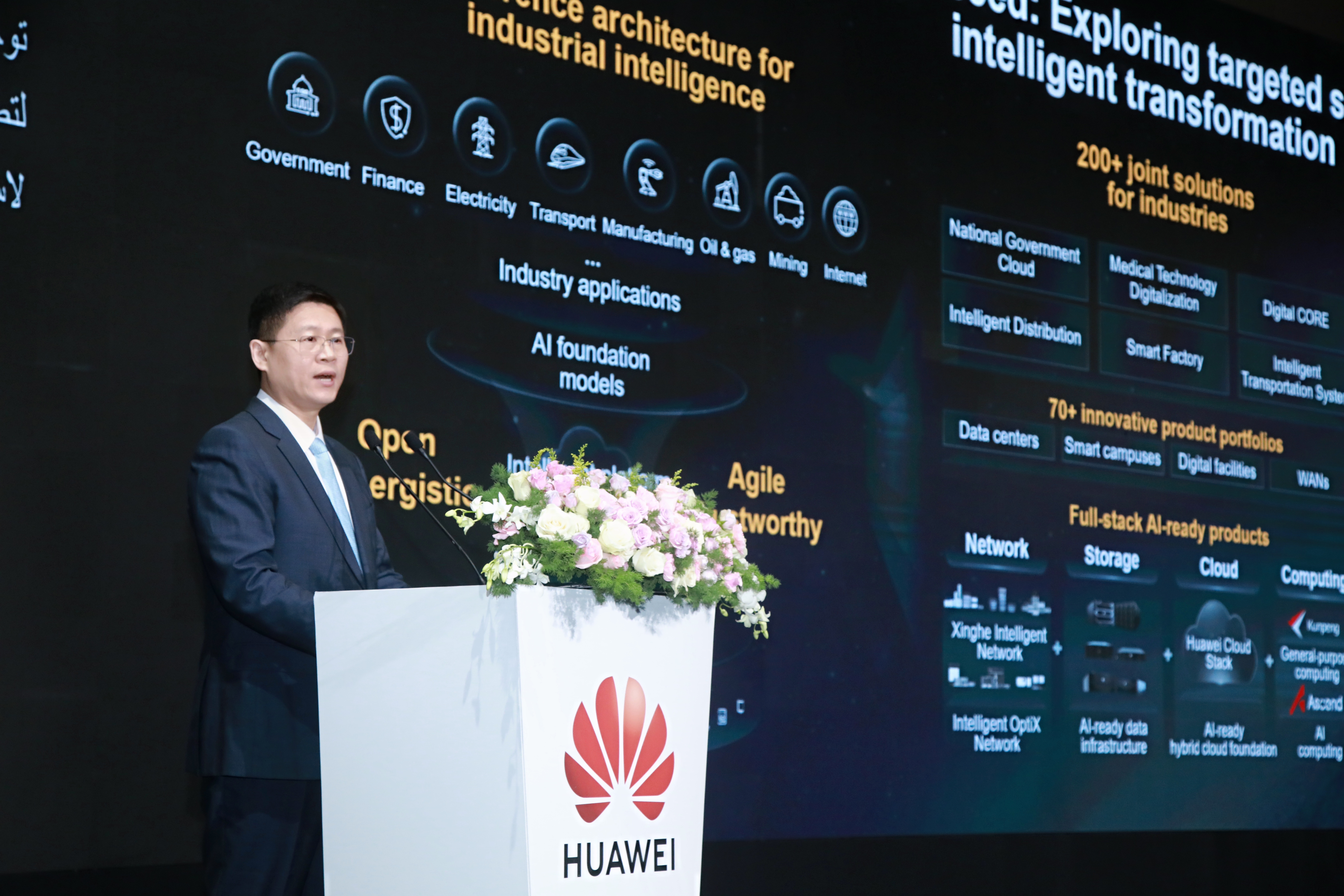Do we really need smart buildings anymore in a hybrid world of work?
Most workers prefer a hybrid work arrangement, with offices feeling emptier than ever – but that doesn't mean you should give up on modernizing the workspace


The vision of the smart office building — and the broader idea of smart cities — haven't quite lived up to the perhaps unfair promise attached to them. For our office spaces, once home to a daily 9-to-5 congregation, it hasn't been exactly certain what the future holds. There have been lofty ambitions to transform the sterile and corporatized environments we frequented daily into thriving and forward-thinking spaces that tapped into emerging technologies like the Internet of Things (IoT), augmented reality (AR), and, of course, artificial intelligence (AI).
But then COVID-19 struck and the workforce abandoned these spaces in their droves. Since then, "hybrid work" has become the new normal for most, with different businesses adopting different policies – but all among this camp expecting workers to divide their time between the home and the office. But there remain plenty of workers who once commuted in now opting to work remotely most, or all, of the time, leaving many office spaces feeling eerily vacant. Does that mean we should abandon our once-held visions for smart buildings?
Our changing attitudes to working from the office
Just over half (53%) of US workers prefer a hybrid work model, according to Statista, with a Gallup survey conducted after the return to the office in 2022 reinforcing this idea. It's undeniable to say that offices are now less full than they have ever been. When employees are required to work fully on-site, it leads to lower engagement, lower well-being, higher intent to leave, and higher levels of burnout, the research concluded. And the main reason why people prefer hybrid work? Avoiding the commute – at least for some of the typical working week.
There is no clear consensus among the workforce as to whether they prefer mostly working from remote or on-site – and this will vary further between organizations. But for at least a part of the week, there is an active desire to work on-site and be surrounded by colleagues. This suggests that the office, as a function and a concept, is far from dead. Moreover, this presents even more reason to invest in the future of the workplace – and tap into these ideas that underline our dreams for smarter buildings.
With the workforce's sensibilities fluctuating – how long each employee will spend in the office is difficult to nail down – it's important to use the office as a proverbial beacon of light – shining the values of innovation, technological foresight, and collaboration. By doing so, the office becomes a far more attractive place for hybrid workers – and you can use this momentum to continue innovating and upgrading the workspace.
But most offices are not making the most of this opportunity, Kinly research suggests, with almost two-thirds (65%) of enterprises admitting their workspaces are not optimized for hybrid working. With two-thirds (66%) also wanting to encourage staff back into the office for at least part of the time, you can see the problem here.
The hybrid technologies to smarten up your building
Smart buildings make use of various technologies, like sensors, to gather data that can be then fed into improving sustainability, reducing inefficiencies, and boosting productivity. In that vein, the smart office could include anything from smart air quality management systems that precisely finetune temperature and humidity to futuristic meeting spaces that deploy AR or holographic solutions.
Get the ITPro daily newsletter
Sign up today and you will receive a free copy of our Future Focus 2025 report - the leading guidance on AI, cybersecurity and other IT challenges as per 700+ senior executives
"The shift towards hybrid working has placed new complex demands on our workplaces at a time when employee experience determines organizational success more than ever before," said Tina Batham, managing director of Office Principles, a commercial workplace design company, in a blog post in August.
"This is precisely why smart building technology presents such a compelling opportunity to reimagine our spaces. By embedding offices with networked sensors, automated controls, and integrated data analytics, we can effectively upgrade the IQ of our buildings and work areas. The result is intelligent workplaces that can dynamically adjust to our preferences, tasks, and business goals in real-time."
Right now, communication is key to work in the post-COVID hybrid working environment – where teams are distributed across many geographies, and often time zones too. This is why there has been a sharp surge in collaborative infrastructure and equipment – like meeting rooms rigged from floor to ceiling in technologies that power hybrid sync-ups.
The Kinly research found that poor hybrid workflows (57%) and outdated AV technologies (58%) damage the productivity of hybrid employees. Indeed, you cannot simply offer a Zoom connection or an old TV that you could hook up to a laptop – you need hybrid solutions that offer far more for employees, to allow real-time meetings to take place seamlessly no matter where workers are based. That is why, this research and others like it, suggest that undergoing an AV transformation is a key first step to embracing a smart building so that your hybrid workers have more of a reason to come in.
But this is just the beginning of the journey. True smart buildings incorporate sophisticated internal communications networks and intelligence systems in the very infrastructure, and the day-to-day operations, added Batham. Not only will this lead to productivity benefits, but employee well-being will rise and you may start to see the beginnings of a resurgence in the thriving 'office buzz' that workplaces now sorely lack – while preserving the flexibility and freedom that hybrid work allows.

Keumars Afifi-Sabet is a writer and editor that specialises in public sector, cyber security, and cloud computing. He first joined ITPro as a staff writer in April 2018 and eventually became its Features Editor. Although a regular contributor to other tech sites in the past, these days you will find Keumars on LiveScience, where he runs its Technology section.
-
 ITPro NAB Best of Show 2025 Awards winners unveiled
ITPro NAB Best of Show 2025 Awards winners unveiledThe best of the best have received accolades for their innovation at this year's NAB show in Las Vegas...
By ITPro Published
-
 A new Neptune RAT variant is spreading like wildfire
A new Neptune RAT variant is spreading like wildfireNews Neptune RAT can hijack Windows PCs and steal passwords – and it's spreading fast
By Emma Woollacott Published
-
 Huawei empowers SMEs through digital and intelligent transformation
Huawei empowers SMEs through digital and intelligent transformationSponsored Content Huawei launches new solutions and strengthens partnerships to drive digital transformation for SMEs, aiming to empower small businesses in the intelligent era
By ITPro Published
-
 Reshaping traditional industries with technology
Reshaping traditional industries with technologySponsored Content Industries worldwide are on the brink of a new era as technologies like AI, 5G-A, and cloud computing reshape the landscape
By ITPro Published
-
 Driving intelligent transformation: Huawei's vision for the future at Gitex Global 2024
Driving intelligent transformation: Huawei's vision for the future at Gitex Global 2024Sponsored Content Li Peng, corporate senior vice president and president of ICT sales and service at Huawei, outlines how the company is leading the way in intelligent transformation, building partnerships, and developing talent to drive global growth in the intelligent era
By ITPro Published
-
 Global digitalization index (GDI) in-depth analysis
Global digitalization index (GDI) in-depth analysisSponsored Content As digital technologies reshape industries and redefine global economies, Huawei’s Global Digitalization Index (GDI) 2024 offers a detailed analysis of how nations can leverage ICT to accelerate growth
By ITPro Published